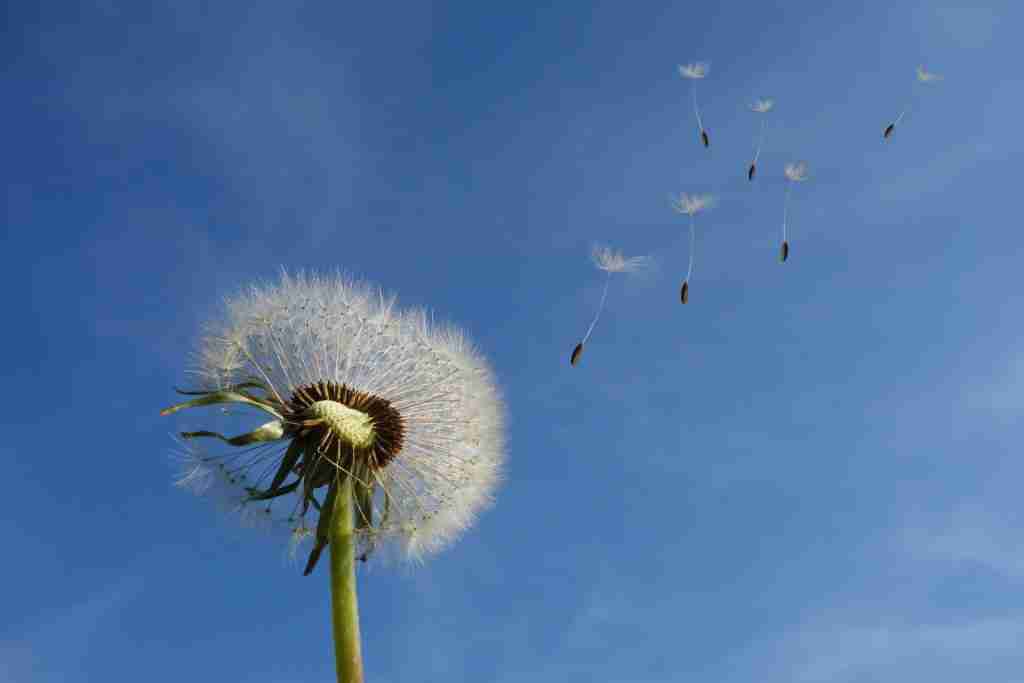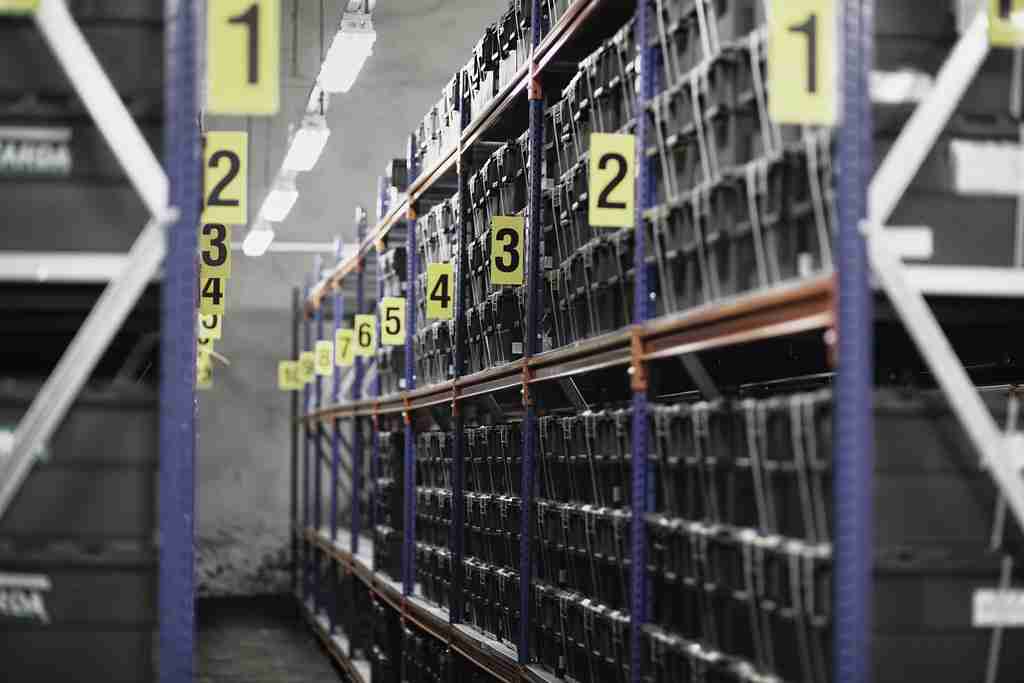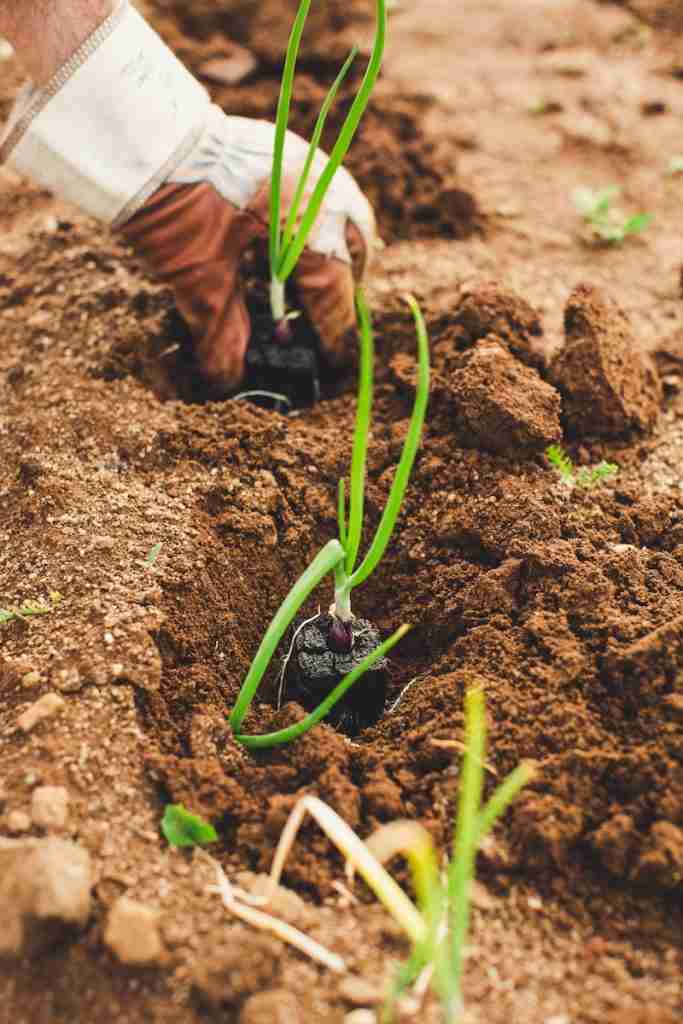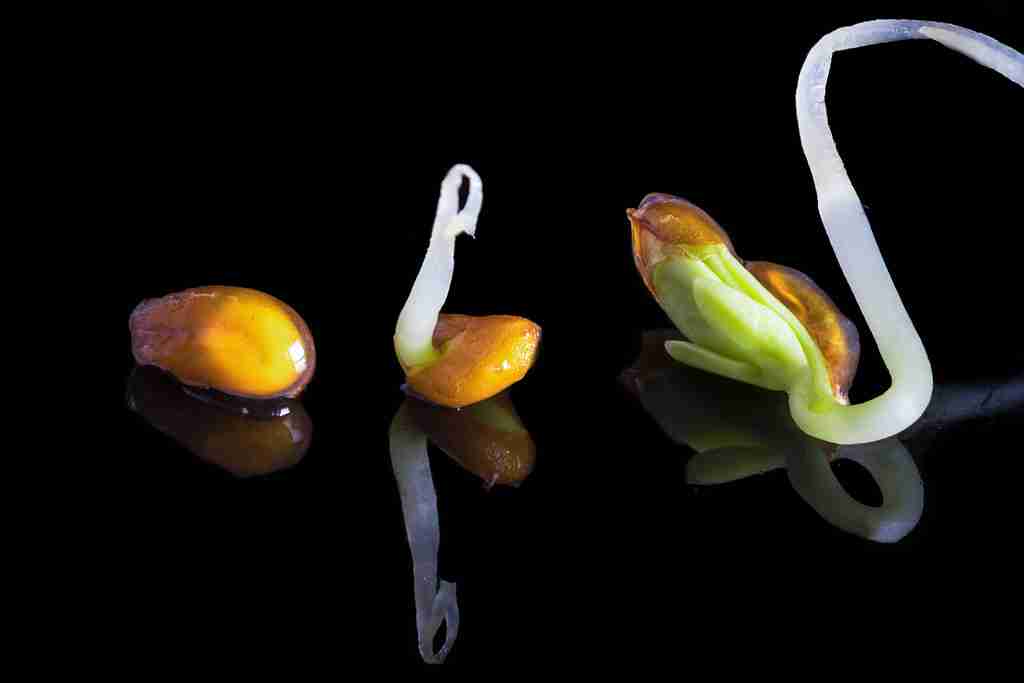27 Fun Facts About Seeds | From Germination to Growth
1. Seeds have various protective mechanisms, such as hard shells and chemical defenses.
Through their sturdy shells and chemical deterrents, seeds employ various strategies to safeguard their potential for future growth.
These protective mechanisms showcase the ingenuity of plants in adapting to their environments and ensuring their genetic legacy.
2. They come in all shapes and sizes, from the smallest orchid seeds to the largest coconut seeds.
The remarkable diversity in seed size and shape reflects the unique evolutionary strategies of plants to disperse their offspring.
Whether as minuscule specks or colossal kernels, seeds have evolved to suit their ecological roles and ensure the survival of their species.
3. Seeds can be found in the fruits of plants, such as apples, and in cones, like those of pine trees.
Seeds have evolved to inhabit a wide array of protective structures, from juicy fruits to hardy cones, to ensure their survival.
These protective structures are finely tuned to the needs of the plants they represent, serving as vehicles for the continuation of their species.
4. Some seeds, like dandelion seeds, are designed for wind dispersal.

Dandelion seeds have evolved to ride the wind with their delicate parachutes, allowing them to disperse far and wide.
Their feathery appendages grant them the ability to soar on the breeze, finding new niches for growth across vast landscapes.
5. Seeds, like acorns, rely on animals to bury and protect them.
Acorns have formed a partnership with animal burying behavior, as creatures like squirrels inadvertently become their gardeners.
These seeds’ reliance on animal assistance highlights the intricate web of relationships in the natural world, where cooperation and mutual benefit reign.
6. The oldest known seeds are from a prehistoric plant and are over 300 million years old.
Ancient seeds preserved in the fossil record give us a glimpse into the distant past, revealing the longevity of life’s genetic blueprints.
These ancient seeds serve as living fossils, offering a window into the evolutionary history of plant life on our planet.
7. Many seeds are edible and packed with essential nutrients, which is one of fun facts about Seeds.
Seeds not only propagate plants but also serve as a nutritious source of sustenance for various species, including humans.
The nutritional richness of seeds is an invaluable resource, offering essential nutrients and energy for diverse forms of life.
8. Chia seeds, for example, are rich in omega-3 fatty acids.
Chia seeds stand out as nutritional powerhouses, prized for their abundant omega-3 fatty acids, which are beneficial for health.
These tiny seeds have gained popularity not only for their nutritional value but also for their versatility in culinary applications.
9. Some seeds, like sunflower seeds, are enjoyed as snacks.
Sunflower seeds have earned popularity as a satisfying and convenient snack, often associated with sports events and outdoor activities.
Their crunchy texture and rich flavor make them a favorite treat for many, adding enjoyment to various leisure activities.
10. Seeds are used to grow a wide variety of crops, including grains like wheat and rice.
Grains like wheat and rice are staples in human diets and represent a substantial portion of global agricultural production.
These essential crops, stemming from humble seeds, underpin food security and global sustenance.
11. The study of seeds is known as “seed science” or “seed biology”.
The field of seed science delves into the intricacies of seed structure, development, and function, offering insights into plant reproduction.
This scientific discipline sheds light on the remarkable processes that lead to the growth of new life from a tiny, dormant seed.
12. Can I grow Chia seed on egg?
To grow chia seeds on an egg, clean the eggshell, fill it with soil, sow chia seeds, water gently, place in sunlight, and watch them sprout.
Transplant them as they grow.
13. Germination is the process where a seed begins to grow into a plant.
Germination marks the transition from a dormant seed to a thriving seedling, a critical phase in a plant’s life cycle.
It’s the magical moment when a seed awakens from its slumber, stretching its roots and leaves towards the promise of a new life.
14. To germinate, seeds require the right combination of moisture, warmth, and oxygen.
Successful germination hinges on the availability of specific environmental conditions, including moisture, warmth, and oxygen.
These elements come together to trigger the awakening of the seed’s latent potential, initiating the journey from dormancy to vitality.
15. Some seeds can remain dormant for years, waiting for the right conditions to germinate
Certain seeds possess the remarkable ability to remain in a state of dormancy until external conditions are favorable for sprouting.
Their patience and resilience in waiting for the perfect moment to burst forth highlight the adaptive strategies of seeds.
16. Certain plants, like the lotus, can produce viable seeds even after centuries of dormancy.

The lotus plant can astonish with its ability to produce viable seeds after centuries spent in deep slumber within muddy environments.
This extraordinary feat underscores the endurance and vitality of some plant species, even in the face of prolonged dormancy.
17. Orchid seeds are among the smallest, often requiring a symbiotic relationship with fungi for germination.
Orchid seeds, tiny and specialized, form symbiotic partnerships with specific fungi to aid their germination and survival.
Their unique reliance on fungi for nutrients and growth exemplifies the intricate and delicate nature of some seed-plant interactions.
18. Avocado seeds are too large to be dispersed by wind, relying on animals for propagation.
Avocado seeds’ substantial size prevents wind dispersal, compelling them to rely on animals that unwittingly assist in their propagation.
In this mutualistic relationship, animals benefit from the fruit, while the avocado seed gains a chance to grow in a new location.
19. The world’s largest seed comes from the coco de mer palm and can weigh up to 40 pounds.
The coco de mer palm boasts the record for producing the largest seed on the planet, a hefty natural wonder that can weigh up to 40 pounds.
This colossal seed, in addition to its size, carries an air of mystique and intrigue due to its rarity and unique characteristics.
20. Seed banks worldwide store and preserve seeds to protect biodiversity and future crops.

Seed banks play a critical role in preserving plant genetic diversity, ensuring the continuation of vital crops and fostering conservation efforts.
They serve as repositories of life’s potential, safeguarding our agricultural heritage and the future of food security.
21. Peanuts, despite their name, are not true nuts but legumes.
Contrary to their name, peanuts belong to the legume family, differentiating them from true nuts.
This botanical distinction adds an interesting layer to our understanding of the diverse world of seeds and their classification.
22. The concept of the “seed of an idea” refers to the beginning of a creative thought or invention.
The metaphorical use of “seed” extends to creative thought, representing the origin of innovative ideas and the potential for growth.
It’s a powerful symbol that encapsulates the inception of novel concepts and the transformative impact they can have on our world.
23. Seeds are integral to the life cycles of plants and the food chains of ecosystems
Seeds serve as pivotal components in the life cycles of plants and as keystones in the complex food webs that sustain ecosystems.
They not only ensure the continuity of plant species but also support the intricate web of life in natural ecosystems.
24. The process of planting seeds and nurturing them is essential for agriculture and farming.

Agriculture hinges on the intentional sowing and cultivation of seeds, providing a foundation for food production and human sustenance.
This fundamental process is at the heart of human civilization, shaping our history and survival.
25. What is the definition of a seed?
A seed is a remarkable reproductive structure found in flowering plants. It is the product of fertilization, where the male pollen combines with the female ovule.
Inside a seed, you’ll find a tiny, undeveloped plant called the embryo, a supply of essential nutrients to support its initial growth, and a protective outer shell.
26. Heirloom seeds are open-pollinated varieties passed down through generations.
Heirloom seeds hold significance for their genetic stability and unique qualities, having been preserved and shared through generations of agricultural enthusiasts.
These seeds are more than just genetic relics; they are living artifacts of our agricultural heritage, cherished for their historical and culinary value.
27. Some cultures believe in the symbolism of seeds as a representation of potential and growth.
Seeds hold deep symbolic meaning in many cultures, embodying the potential for new beginnings, growth, and the endless possibilities of life.
Their symbolism transcends the physical realm, inspiring hope, renewal, and the enduring cycle of creation.
FAQs
Minecraft seeds are codes or strings that determine the world’s terrain, biomes, and structures in the game.
The best Minecraft seeds depend on your preferences, and you can find them based on the features or themes you’re looking for in your gameplay.
A seed plant is a type of plant that reproduces through seeds, which are the primary means of their propagation.
Seed vegetables are edible plants whose seeds or seeds contained within pods or fruits are harvested and consumed as part of the vegetable. Examples include beans, peas, and corn.
Garden seeds are seeds specifically cultivated for planting in gardens. They encompass a wide variety of plant types, including vegetables, flowers, herbs, and more, used to grow plants in home gardens or horticultural settings.







